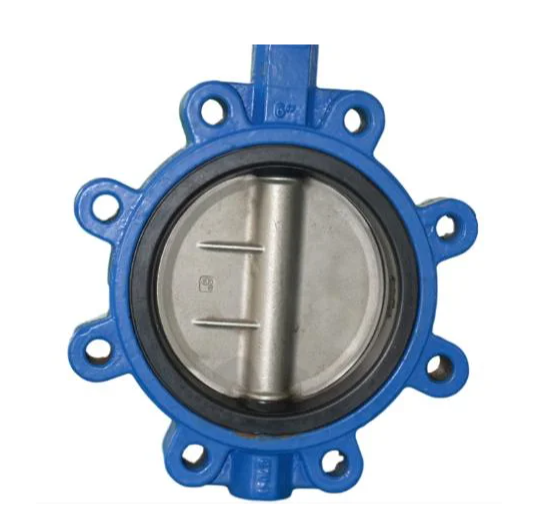Butterfly valves have earned their place as a versatile and economical option for industrial flow control applications. Acting as shut-off points in pipelines, these circular disc valves enable precise regulation of liquids and gases. Though simple in design, critical components like liners and seals influence operability in corrosive systems. Proper selection ensures long-lasting, leak-proof performance.

Types of Butterfly Valves
Butterfly valves exist in a few common configurations:
- Center line butterfly valve: Ideal for on/off service with the disc centered within the pipe diameter.
- Offset butterfly valve: Allows for partial opening while attached inline. The eccentric disc throws to one side.
- Lug Valve: Flanged ends enable installation between other flanged components like elbows or tees.
Each serves isolation or throttling flow control needs in varied process pipeline configurations.
Key Butterfly Valve Components
- Disc – The round shaft and perimeter seal that spins open/closed. Discs use stainless, alloy, or plastic construction.
- Seats – Precise seals where the disc perimeter meets the valve body. Seat materials withstand the media.
- Shaft – Rotates the disc; typically carbon or stainless steel corrosion resistant.
- Actuator – Mechanism driving shaft rotation via manual lever, electric motor, or pneumatic actuator.
- Liners – Replaceable interior plates that contact media; select for superior chemical resistance.
- Bearings – Bushings that support the shaft; common fully encompassing or bushing types.
- Packing/Seals – Isolate actuators from valve interior; choices include graphite or teflon.
Importance of Liners and Seals
In corrosive slurries or chemicals, liners and seals prove mission-critical for longevity. Common metallurgies fall short under certain conditions necessitating drop-in replacement components. Liner and seal choices consider:
- Construction Material: PTFE, hard rubber, ceramics withstand dissolving or erosion better than carbon steel.
- Coating Options: Applied fluoropolymers or tungsten carbide protect base alloys.
- Temperature Range: Heat and freezing affect longevity without proper material selection.
- Chemical Compatibility: Consult manufacturer data thoroughly matching processes.
Teflon liners provide an economical solution for its non-stick slip surface and resistance to most industrial acids, alkalis and solvents across a wide temperature range. Proper selection keeps teflon lined butterfly valves sealing tight for years.
Installation and Maintenance Best Practices
Butterfly valves install between flanges or with mechanical joint ends via basic instructions. Correct orientation prevents binding. Regular processes like:
- Lubricating actuator linkages quarterly with grease prevents jamming.
- Exercising valve shaft rotation bi-annually verifies smooth operation.
- Inspecting seats/liners annually for pits or cracks extending service life.
- Replacing worn liners/seals before complete deterioration avoids costly repairs.
Adhering to simple preventative measures validates valve uptime expectations in demanding conditions. Quality components coupled with routine care maximize butterfly valve reliability.
Butterfly valves prove economical flow control workhorses due to versatile designs. However, selecting durable liners and seals suited for application chemistries upholds long-term sealing performance. Proper installation and regular exercising moreover safeguards corrosion-resistant operation.